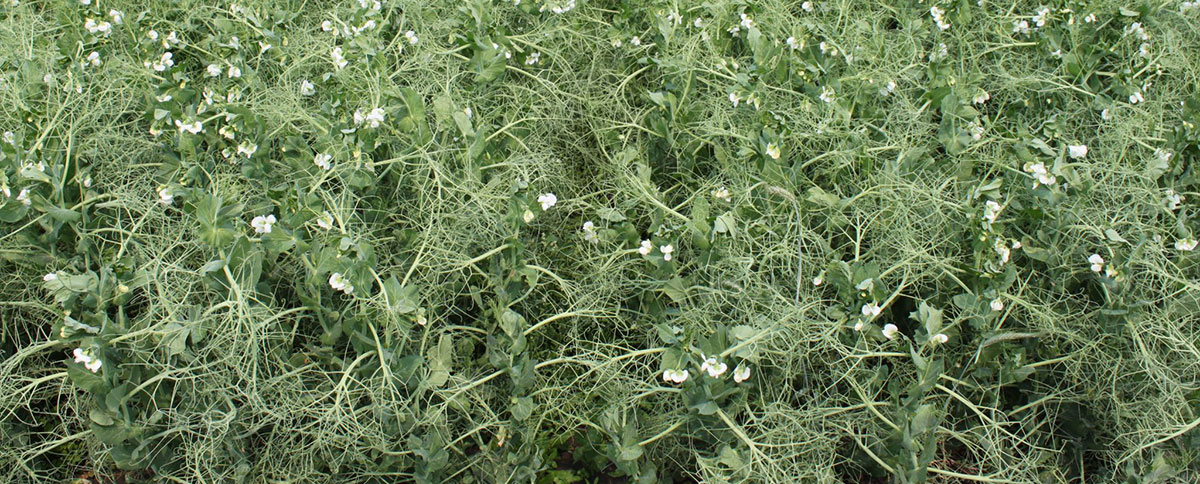
As food producers explore a broader range of plant-based protein options, there is growing demand for pea protein and flour.
Understanding crop characteristics like flowering time and plant height are key to variety development due to their role in wider adaptation and yield potential.
For example, early maturation can significantly extend the geographical range of production and the ability to thrive in varying seasonal weather patterns. Targeted plant height is very desirable in pea breeding as it impacts crop performance metrics like lodging, and therefore yield and quality. There’s an increasing interest in utilizing wild relatives and landraces to accelerate genetic gains for crop improvement.
A two-year project at Olds College Centre for Innovation will investigate over 340 pea lines and their adaptability traits under field conditions. Additionally, laboratory studies will focus on comprehensive analyses of seed quality traits related to protein and starch.
Project Goals
-
Identify Canadian Prairie-adapted and climate-resilient pea lines with yield stability and high-protein content.
-
Evaluate the variation of seed quality related traits in the context of genetic diversity.
Funders/Partners: National Research Council of Canada